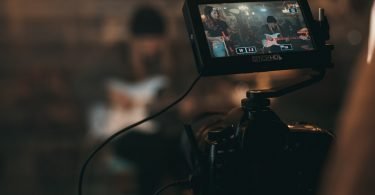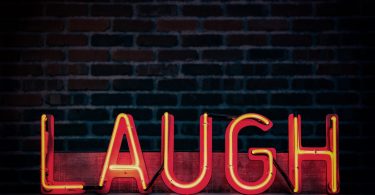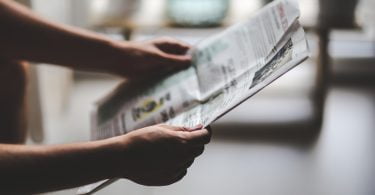Charlie Hebdo. Je suis Charlie. You will have heard by now about the terrible attacks against French journalists and cartoonists in Paris yesterday. 12 dead, multiple casualties, several arrests and the hunt for the 2 gunmen continues across France.
We have had the outpouring of grief from shocked and distressed Western leaders, we have seen or taken part in the moments of silence or pray for the dead and now there are things we need to ask ourselves.
One, will we, in the media, be as brave as Charlie Hebdo were, will we publish the cartoons? Why should we take this risk? Because the potential of giving offence; pales in comparison to the principles of freedom of expression? This is what those brave individuals died for, after all.
An ongoing question
Since 2004 this has been the question of the hour for editors and especially for cartoonists. In the West our traditions of lampooning, of attacking, of poking fun at politics, at religion and at culture, is a time honoured one. This runs in the face of Islamic tradition that states that there must be no images of the Prophet Muhammad. The more radical Islam becomes, as it proclaims the blasphemy of the content, the more crucial the work seems to be. Since when has a religion and it’s extreme followers been unable to take a joke and when have they been given permission to dictate the publishing content of Western papers?
However we can see more clearly why there is fear over publication. Look at what Santiago Lyon, the vice president of the AP recently said: “We’ve taken the view that we don’t want to publish hate speech or spectacles that offend, provoke or intimidate, or anything that desecrates religious symbols or angers people along religious or ethnic lines.”
The Washington Post has decided to run with the cartoons of Charlie Hebdo, undoubtedly risking a potential backlash, as have several media outlets like Buzzfeed and Daily Beast. On the UK front pages, some of the photographic images are distressing, however none of the papers decided to feature the controversial cartoons on their front pages.
A grey area
The Independent Editor, Amol Rajan, in an interview with the BBC, spoke of his ‘duty’ in deciding against featuring a picture of the Prophet Muhammad, because he was worried that it could rebound on him or his staff.
In an interview with Kettle, Andrew Seaman, the chairman of the Ethics Committee of the Society of Professional Journalists in the United States, underlined the morally grey area the media faces in running the cartoons.
“[The SPJ] stresses that ethical journalists should minimize harm by being sensitive to cultural differences,” Seaman said. “On one hand, an editor can make a strong argument that showing the cartoons may unnecessarily offend people. On the other hand, there is an equally strong argument that people should see the cartoon that – from what we can tell at this point – incited three individuals to murder 12 people. There is no universal right or wrong answer in terms of ethics at this point.”
Le Monde ran with blacken front pages marked with the words ‘Nous Sommes Tous Charlie’ [We Are All Charlie], or as on Le Parisien: ‘They will not kill our liberty’, or the far more right wing paper, Le Figaro, has marked the attack as a ‘war.’ They state that this attack marks a new form of aggression not just against the French people, its republic and what it stands for, but that it is also a form of aggression on French humour.
Solidarity in spite of attacks
Charlie Hebdo stood for a satirical viewpoint. It dared to draw and criticise all major religions and politics. It’s British equivalent would roughly be Private Eye. If you want to see the most controversial image of Muhammad follow the link here. It shows a weeping figure of Muhammad who states, in French, that: ‘It’s hard to be loved by Assholes’. It was published in 2006 and was condemned by the then French President.
It is crucially important that we see that we recognise this as a barbaric act on satirists and cartoonists, an attack on their civilised voices. It is a monumental act of destruction. And as we mourn the lost of France’s greatest cartoonists, we must recognise that is was as an assassination, this needs to lead us and Muslims to question, if an offence over a faith deems such a great loss of life and principle.
There was an outburst of clapping today, after the minute of silence at Notre Damn. The people there clapped against the crime of the bloodshed. They clapped in defiance. They clapped because they knew they stood on the right side of history, one which; embraces freedom of expression. They stood for the French Republic, and its principles of Liberté, Égalité, Fraternité [liberty, equality, fraternity].
Their statement of solidarity against yesterday’s brutality, embraced the truth of what Charlie Hebdo’s editor Stephane Charbonnier, said: “I’d rather die standing, than live on my knees.”
What do you think? Was the Post justified in running the cartoon? Would you have run it? Have your say in the comments section below.








